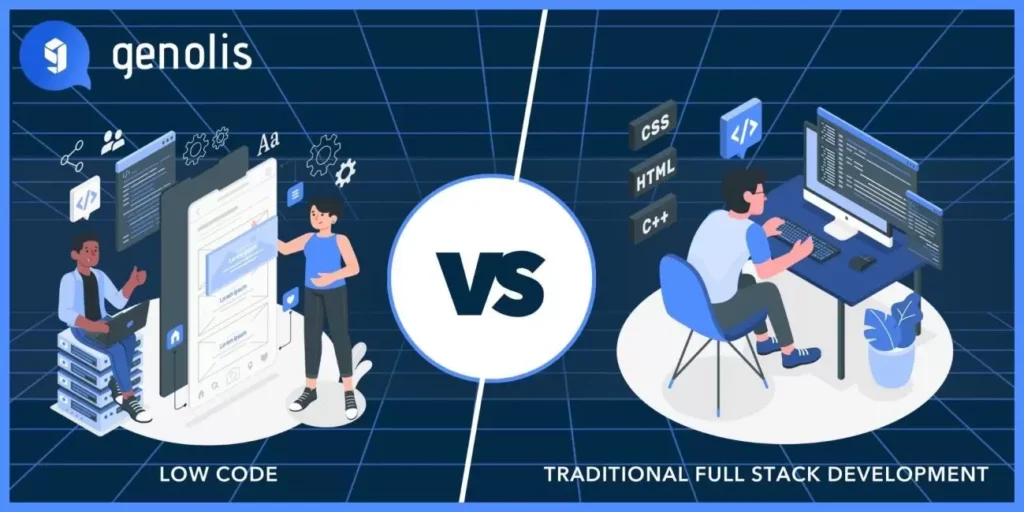QLD TMR Permits Use of PIPECLASS3 for Major Road Projects
In September 2024, the Concrete Pipe Association of Australia (CPAA) unveiled its latest upgrade to the PipeClass program: PipeClass3. Designed and developed by Genolis, the new software incorporates advanced technological features and updated engineering standards. Last week, CPAA announced that PipeClass3 has been officially approved by the Queensland Government’s Department of Transport and Main Roads (QDTMR) for use in all major road projects across the state, in compliance with the Road Planning and Design Manual. As part of a substantial investment in upgrading PipeClass, CPAA worked closely with QDTMR throughout the redevelopment process to ensure their requirements were met. Following a detailed review, QDTMR confirmed that PipeClass3 addresses their concerns with the previous version. A key enhancement in PipeClass3 is the inclusion of AS 5100:2017 Loads and Distribution, alongside the existing AS/NZS 4058:2007 standard. This upgrade ensures the software is suitable for designing pipelines for major highways, in addition to subdivision and council roads. “This was a significant undertaking, and we are incredibly grateful to QDTMR for their input, support, and commitment,” said Karen Thompson, Executive Director of CPAA. “Their involvement ensures PipeClass3 is a trusted tool for all road applications.” Additionally, PipeClass3 is now cloud-based and fully responsive, allowing it to be accessed anytime, anywhere, on various devices. To learn more about how Genolis helped CPAA build PipeClass3, click here. You can try PipeClass3 for yourself here.



